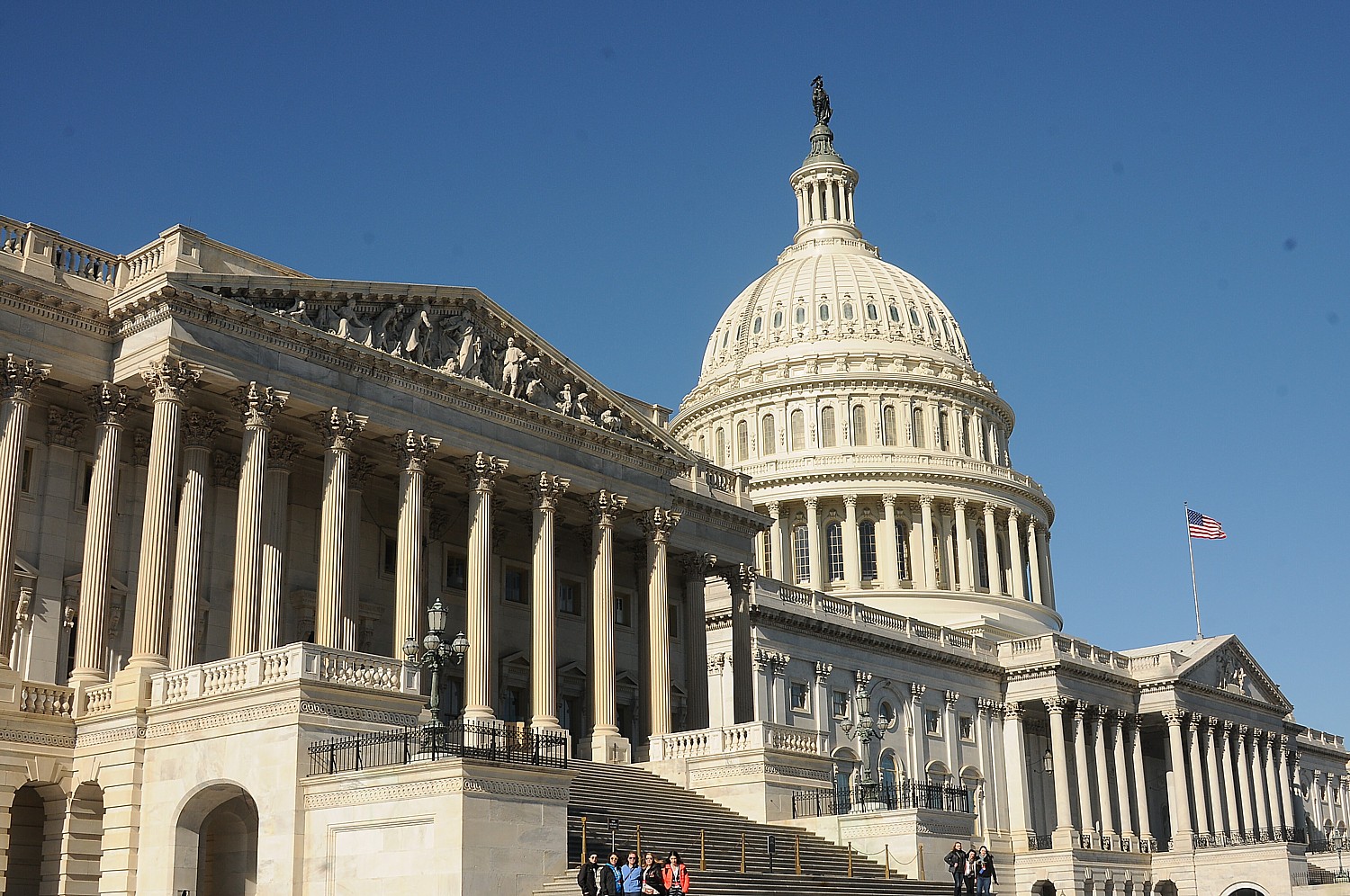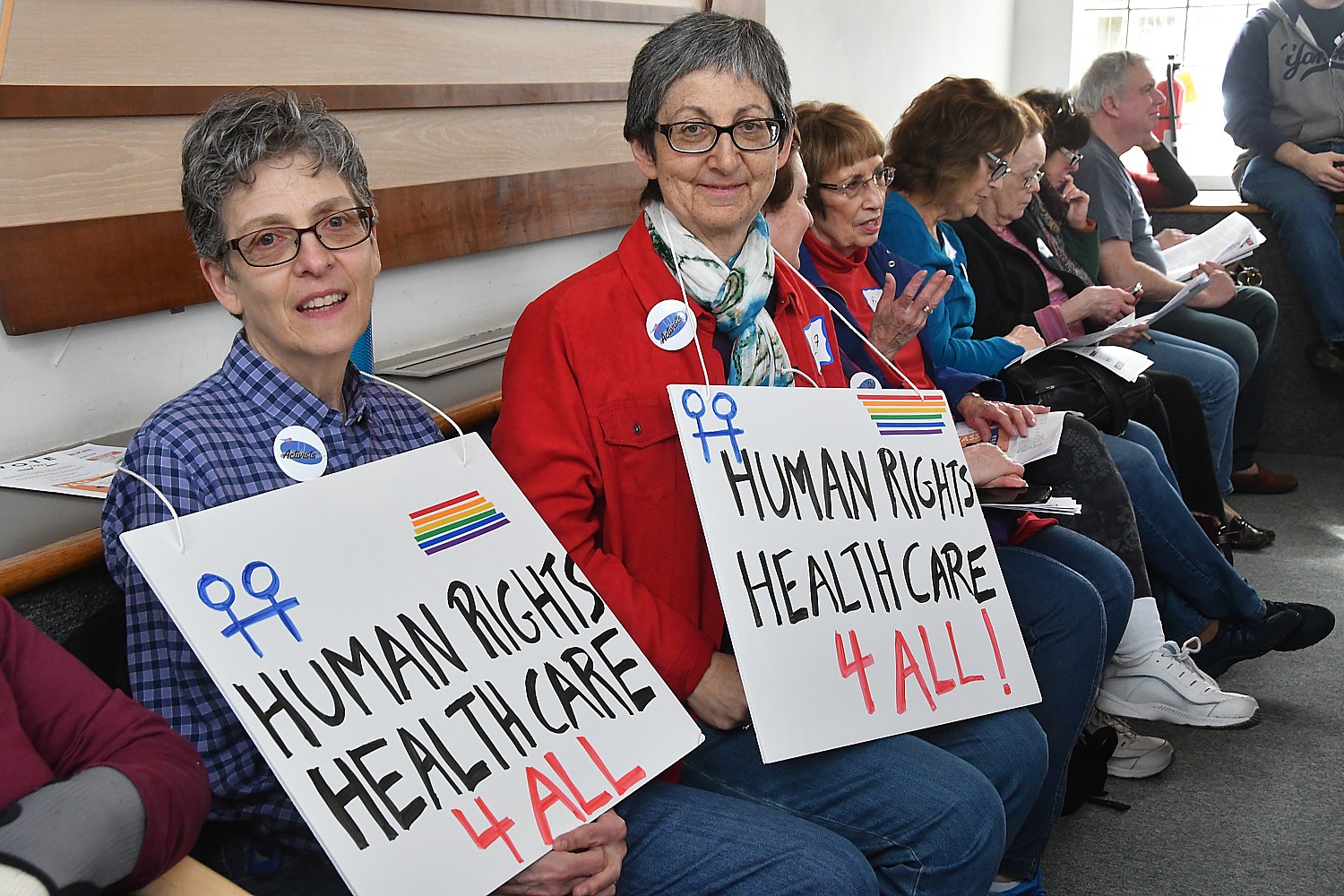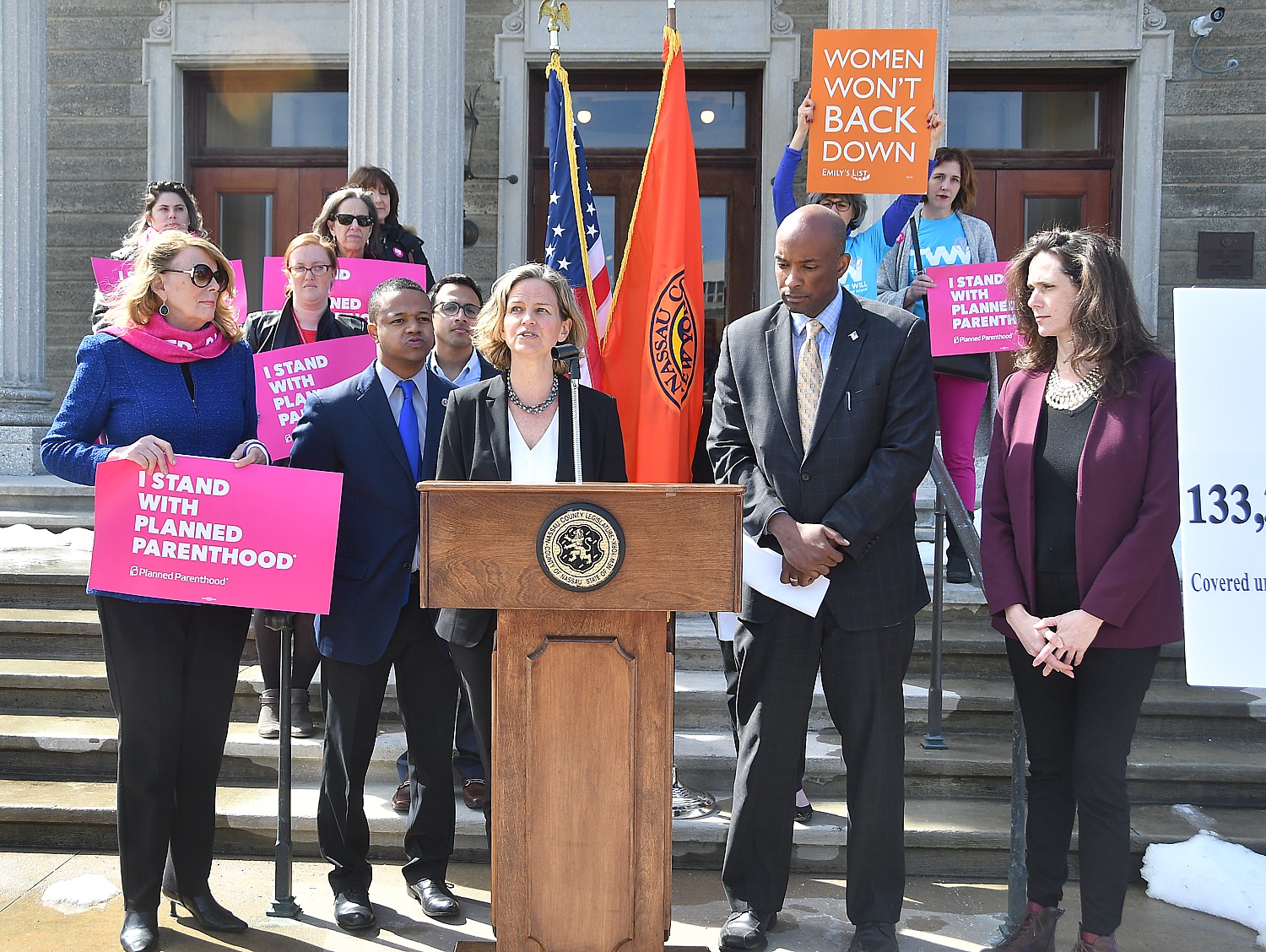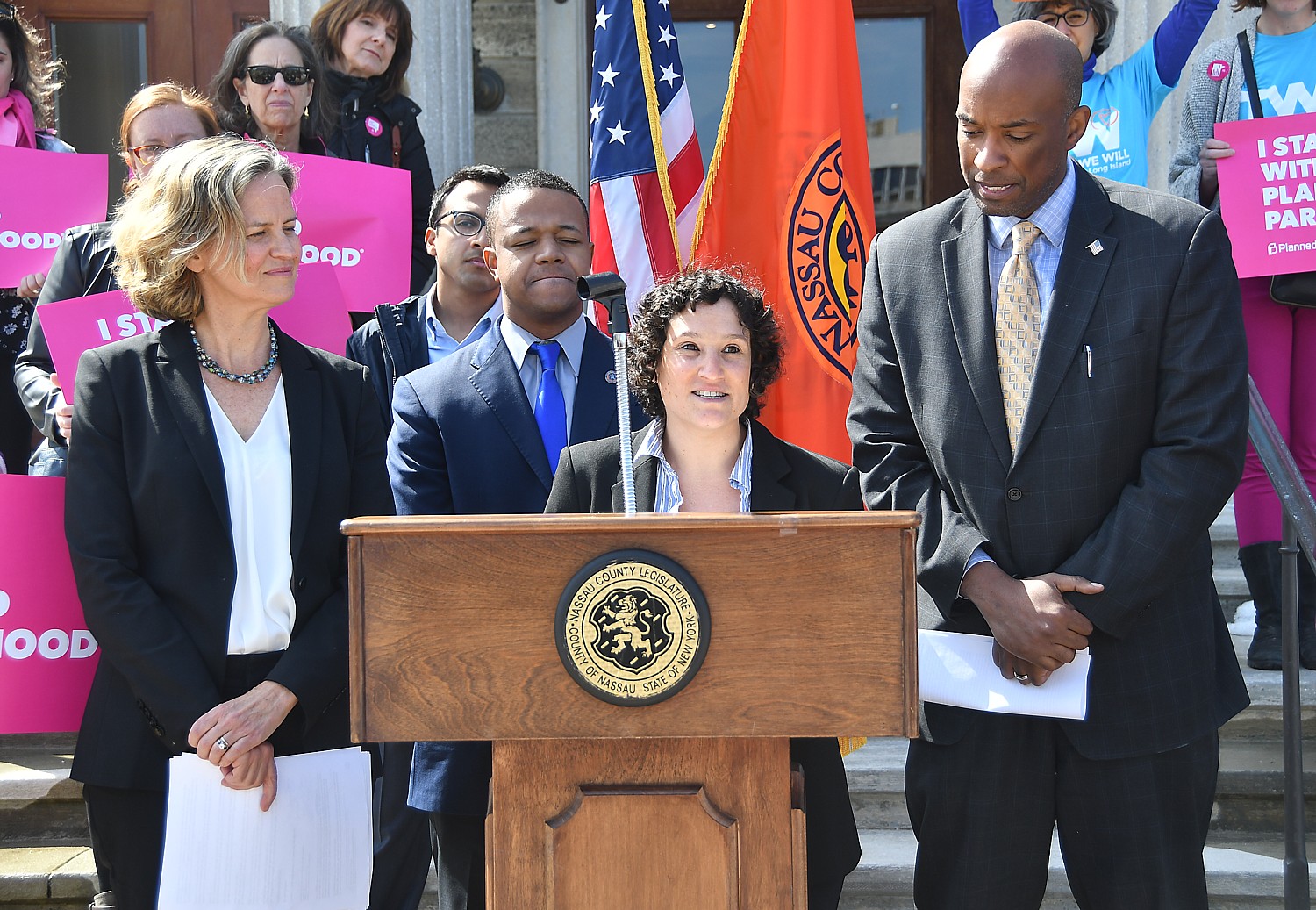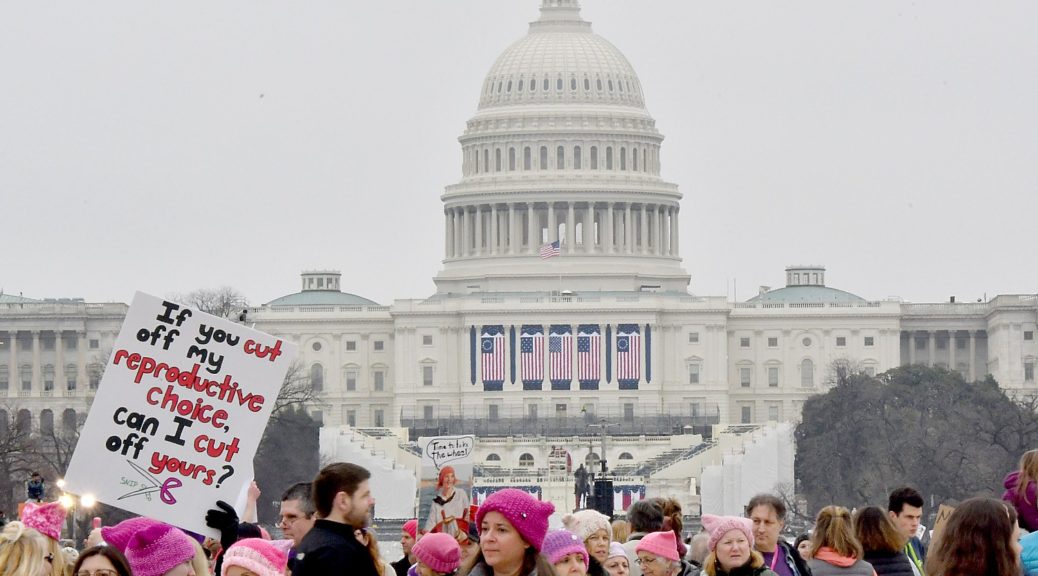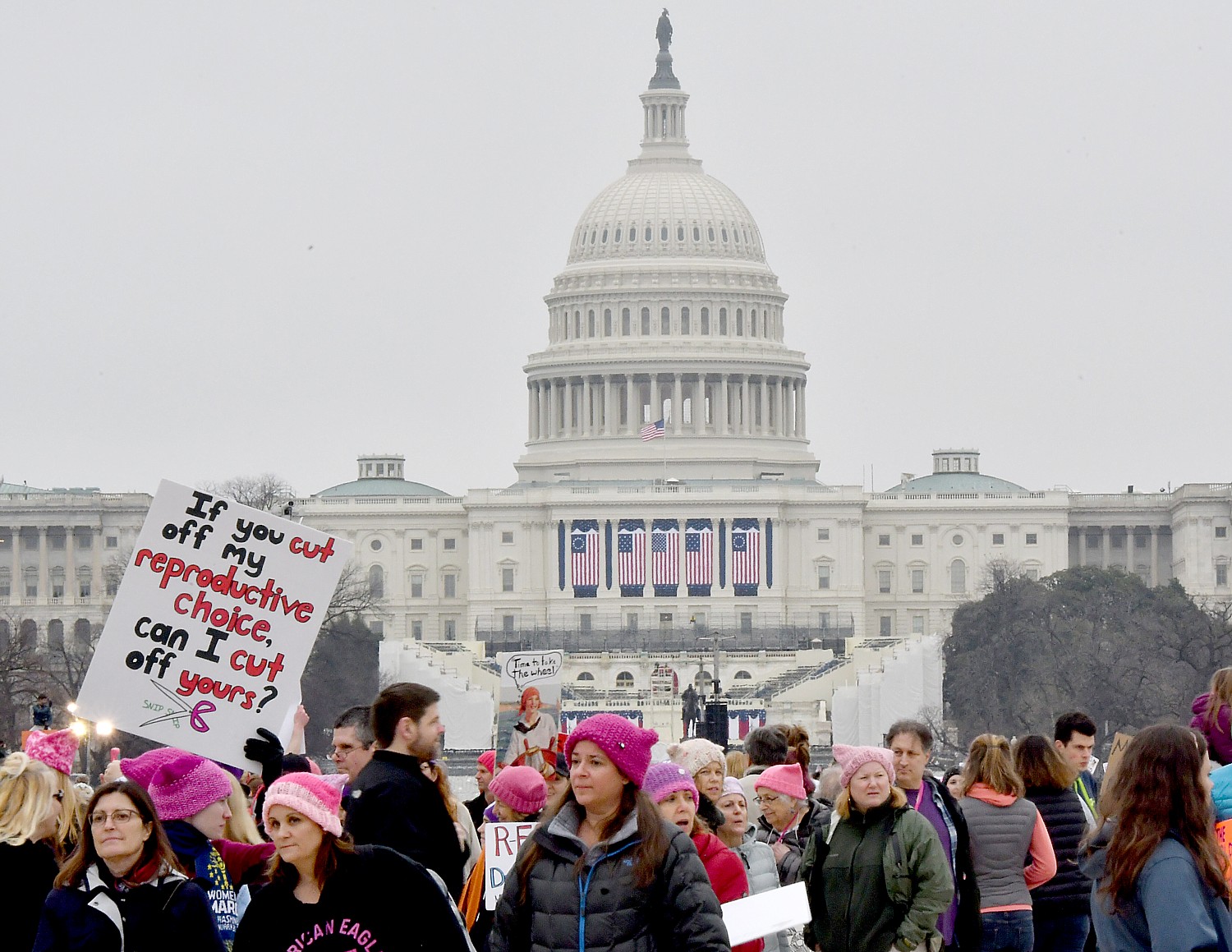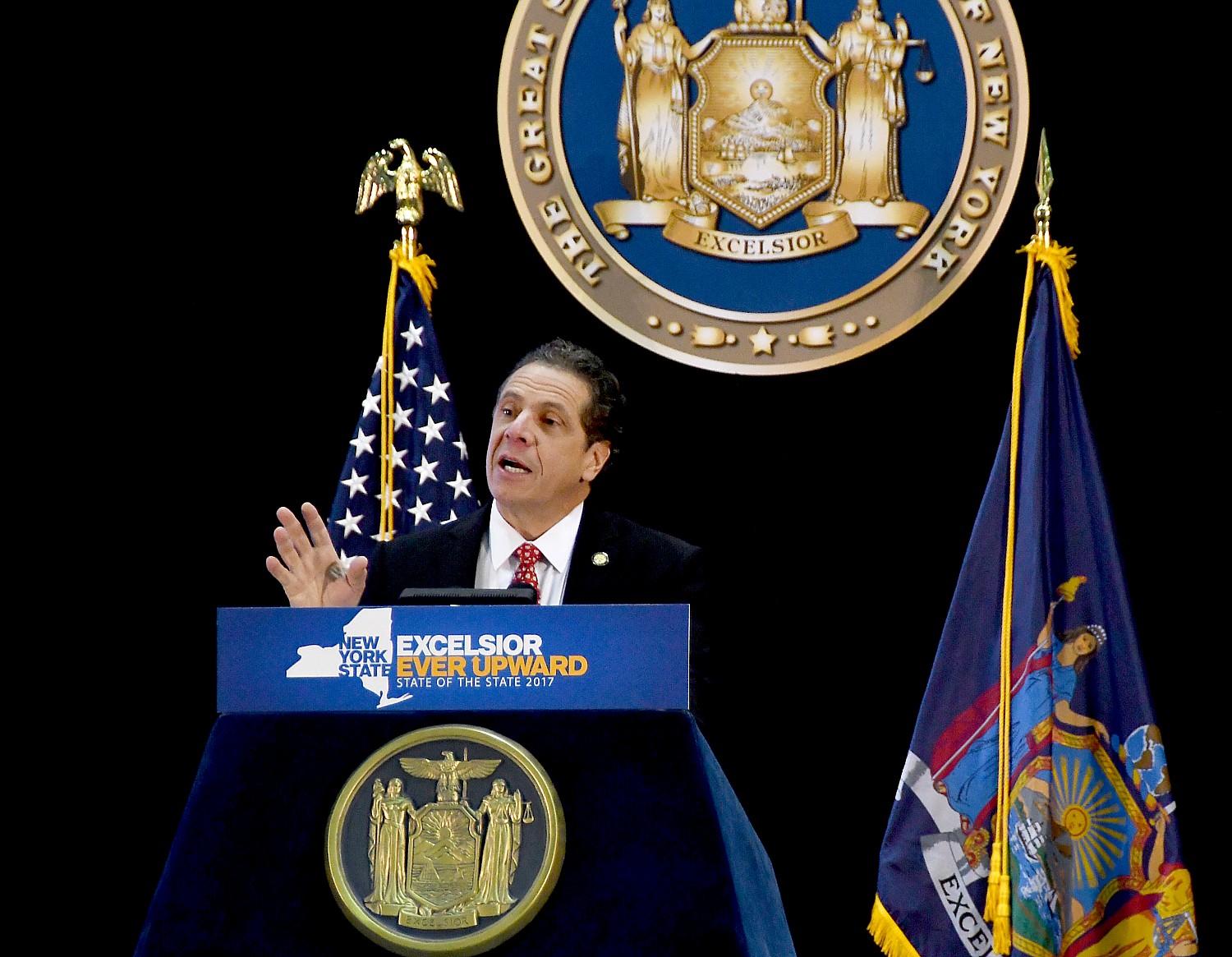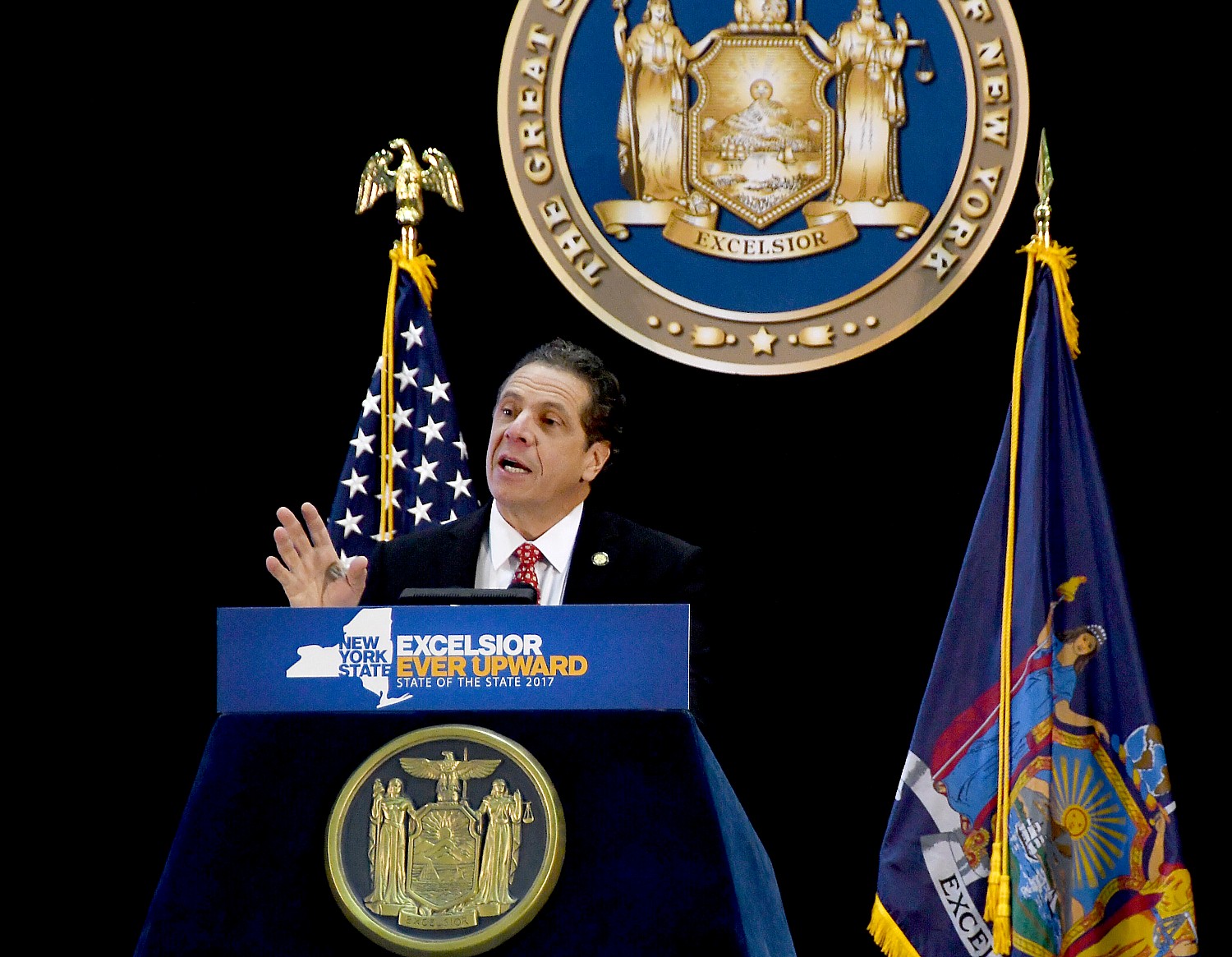
By Karen Rubin, News & Photo Features
Under the Republican American Health Care Act, 2.7 million New Yorkers would lose coverage and the state’s budget would take a $6.9 billion hit, including $2.3 billion as a direct result of an amendment that targets New York State specifically. It would be devastating to New Yorkers, and the Congressional Budget Office’s report confirms that. Just how bad? New York State Governor Andrew M. Cuomo issued this statement:
“The Congressional Budget Office’s report confirms what we already knew to be true—ultra-conservatives in Washington have declared war on New York’s health care system. What’s worse is that Republican members of our own Congressional delegation have aided and abetted in Washington’s war against New York, cutting taxes for millionaires while jeopardizing care for seniors, women, the middle class and the disabled.
“The radical Republican health plan will devastate New York’s health care system, strip 2.7 million New Yorkers of their health care coverage, and roll back the progress we have made to protect vulnerable Americans. This bill will cost New York State a total of $6.9 billion, including $2.3 billion as a direct result of the disastrous amendment introduced by Congressmen Faso and Collins.
“As radical ideologues race to impose their extremist agenda on Americans, New Yorkers say no. In New York, we will stand up for our progressive principles and protect the right to affordable and quality health care for all. I will continue to work with our Congressional delegation and New York’s health care leaders to defeat this reckless legislation.”
The American Health Care Act will leave 23 million more Americans uninsured and be disastrous for New York:
- The plan will leave 2.7 million New Yorkers without health care coverage.
- It will cost New York a total of $6.9 billion.
- It will put at risk a total of 7 million people who rely on Medicaid services and other programs created under the Affordable Care Act.
- And it threatens the entire New York State health care system, which serves 19.5 million New Yorkers.
The Collins/Faso amendment, which targets only New York, stops counties from paying a share of Medicaid. It would have a devastating effect on New Yorkers:
- It will cut $2.3 billion in Medicaid funding to the State.
- Steep cuts would force New York State to increase taxes, slash coverage to millions of New Yorkers, or devastate health care providers. As a result of the AHCA bill:
- Hospital payments would be cut by $944 million in total
- Nursing Home payments would be cut by $819 million in total
- Home care payments would be cut by $734 million in total
The bill punishes New York for its support for women’s reproductive rights by threatening to take away citizens’ access to tax credits that are intended to make health insurance more affordable:
- New York requires that all commercial insurance policies cover abortion services. In January, Governor Cuomo took new action to ensure that contraceptive drugs and devices are covered by commercial health insurance policies without co-pays, coinsurance, or deductibles.
- The Republican health care bill would prohibit the use of tax credits to support the purchase of insurance plans that cover abortion services.
- As a result, the bill would effectively defund the Essential Plan, forcing 685,000 low-income people, half of whom are women, to lose their insurance and denying them $1.5 billion in tax credits.
- In addition, roughly 143,000 lower-income New Yorkers whose income is just above the threshold for the Essential Plan, half of whom are women, would be denied $400 million more in tax credits that help them afford insurance.
This bill also includes an amendment that will enable insurers to charge more for people with preexisting conditions in some states, rolling back a key achievement of the Affordable Care Act:
- In New York, 8.4 million people under the age of 65 have preexisting conditions.
- The MacArthur amendment would allow states to opt out of provisions that restrict providers from raising prices on people with preexisting conditions.
- Removing protections for people with pre-existing conditions will result in the sick paying high premiums and would force those who cannot afford it to lose coverage.
- The health plan would also permit states to charge older people more, which would also force people who cannot afford it to lose coverage.
But here’s the thing: even though the Senate Republicans have said they are drafting its own health care law, they are still not bothering to confer with health care providers, health care insurers, patients or state and local officials. It is likely that even if the impacts are softened, any proposal which is designed to cater to healthy, young Americans (by allowing them to not buy insurance), and empower insurance companies to charge whatever they like to cover separate items like maternity, mental illness, addiction, pre-existing conditions (life is a pre-existing condition), to charge penalties for lapses in coverage and to charge older Americans up to five times what younger people pay, and no longer pay for wellness or preventive services, will result in tens of millions of Americans being unable to afford health insurance, being underinsured (making the policies useless), will bankrupt families of their ability to save for college or retirement or home ownership. Americans will find themselves trapped in horrible jobs or abusive marriages because they can’t afford to lose health insurance. It isn’t just the 20% of Americans who must purchase on the individual market: lifting the mandates will mean that employers will be free to stop offering health benefits altogether, or will require hefty pay-ins, or will offer bare-bones policies that leave people without protection and care. Children who are born with health issues will be faced with lifetime caps. A family will again face the insecurity of being just one medical emergency away from bankruptcy. Hospitals, especially in rural communities, will shut down. Tens of thousands of people a year will die prematurely and needlessly for lack of access to health care, and tens of thousands more will suffer for lack of care. Society will suffer lost productivity while paying more money to cover those who are forced to use emergency rooms for medical care, leaving the rest of us to pick up the tab.
______________________
© 2017 News & Photo Features Syndicate, a division of Workstyles, Inc. All rights reserved. For editorial feature and photo information, go to www.news-photos-features.com, email [email protected]. Blogging atwww.dailykos.com/blogs/NewsPhotosFeatures. ‘Like’ us onfacebook.com/NewsPhotoFeatures, Tweet @KarenBRubin



